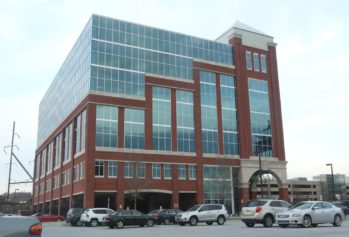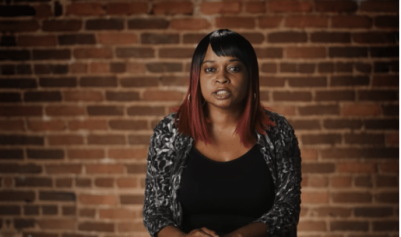
Black student borrowers wound up owing more on their loans 12 years after starting school than they initially owed, according to the analysis. (Photo by Paul Bradbury/Getty Images).
Nearly 50 percent of Black student borrowers who started undergrad between 2003-2004 defaulted on at least one of their loans within 12 years, according to a recent analysis of U.S. Education Department data.
Moreover, analysts at the Center for American Progress found that Black students who took out loans to finance their undergraduate education wound up owing more than they initially borrowed — including those who earned a bachelor’s degree.
“I don’t think there’s an overall student loan crisis,” Ben Miller, senior director of post-secondary education at the Center, told Buzzfeed News. “But when you look at this data, that’s a crisis for African-American borrowers.”
The new analysis is based on data released by the Education Department’s National Center for Education Statistics earlier this month, which focused on student borrowers who started college during the 1995-96 and 2003-04 academic years. The data was the first-of-its-kind, by examining long-term student borrowing, loan repayments and defaults by race.
“The narrative I had in my head when I started running these numbers is that the problems we have are related to completion,” Miller told U.S.News & World Report. “[But] what these data show is that even those who’ve achieved at the highest outcome from [undergrad] ed, still have a substantial problem. That speaks to how far we have to go in addressing equity issues with student loans.”
In his analysis, published Monday, Oct. 16, Miller pointed to the fact that Black borrowers who entered college during the 2003-04 academic year owed 113 percent of what they’d originally owed 12 years prior, while Black borrowers who started in 1995-96 owed 112 percent after 12 years.
African-American borrowing rates were also higher than students of other races at public, private, four-year and two-year institutions, the analysis found. Even at small community colleges, more than 60 percent of Black students took out loans compared to their white and Latino peers. The analysis also showed that African-American borrowers made very little progress in paying down their loans over the years, forcing over half to default. This includes the 75 percent who attended for-profit colleges and dropped out.
Most disturbing for Miller was the fact that Black college grads were not exempt or at least insulated from these disparate outcomes.
“We have a lot of things in higher ed that are not set up to have a disparate impact by race but may still result in them just because of how we construct things,” he said.
So what’s the solution? Miller admitted these problems are no easy fix, but the quest for a remedy lies in finding out exactly why these disparities occur.
He pointed to related issues such as income inequality and discriminatory hiring practices. Miller also suggested that the Education Department begin collecting data on the race and ethnicity of borrowers and examining if certain policies might be driving African-Americans to borrow, both intentionally and unintentionally. For instance, financial aid requirements like minimum GPA could disproportionately result in Black students losing their aid, forcing them to borrow even more.
“I would hope the answer here is not that this suggests that we should discourage these students from going to schools,” Miller said. “But if this is showing that perhaps there is some difference in return on investment by race, then that makes the case that we need to ensure the amount that African-American students have to invest is lower.”


